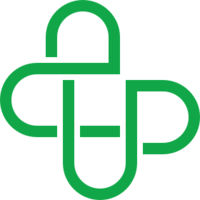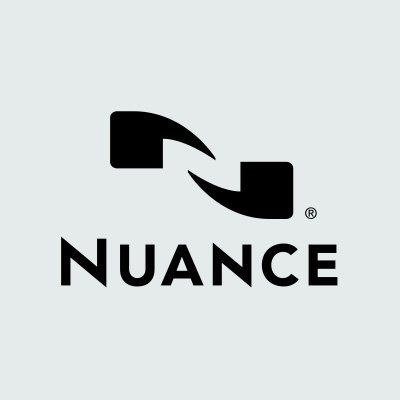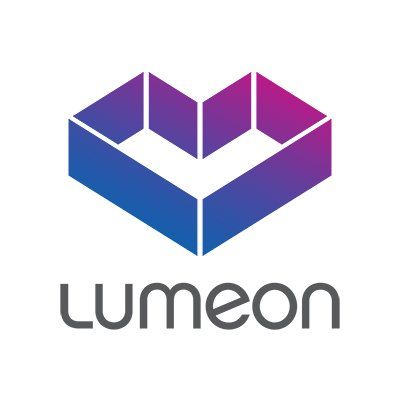Healthcare systems are plagued with a myriad of problems that require a multitude of solutions to address concerns in patient safety, clinician burnout, efficiency, patient experience, and data management. Ambient intelligence (AmI) emerges as a transformative solution that offers health systems the potential to do more with less while reducing the need for fragmented solutions. By leveraging emerging technologies such as intelligent sensors and monitors, AmI enables healthcare providers to collect and analyze data more efficiently, reducing the burden on human resources. This capability allows for the augmentation of human decision-making with autonomous systems, leading to more informed and timely interventions. Additionally, by automating routine tasks and providing real-time, data-driven insights, AmI has the potential to significantly reduce clinician burnout, allowing healthcare professionals to focus on high-value patient interactions and complex decision-making processes. This overall approach not only enhances patient care and safety but also streamlines operations, potentially reducing costs and improving the overall healthcare experience for both patients and providers.
Patient safety and outcomes
One of the most pressing concerns in healthcare is patient safety and outcomes. Despite advances in medical knowledge and technology, preventable medical errors and hospital-acquired conditions continue to pose significant risks. Approximately 400,00 hospitalized patients experience some form of preventable harm each year, with more than 200,000 patient deaths occurring annually due to preventable medical errors.
1
Ambient intelligence addresses these challenges by introducing advanced monitoring systems that operate seamlessly in the background. These systems can continuously track patient vital signs, analyze patterns, and alert staff to potential issues before they become critical. By enabling proactive care, AmI has the potential to prevent complications, reduce hospital-acquired conditions, and ultimately improve patient outcomes.
Clinical experience
Clinician burnout has reached epidemic proportions, driven in large part by administrative burdens and documentation requirements that pull healthcare providers away from direct patient care. The constant need to input data into electronic health records, manage paperwork, and navigate complex workflows leaves clinicians feeling overwhelmed and dissatisfied.
2
Ambient intelligence offers a solution by automating many of these tasks. Through voice-activated assistants and natural language processing, AmI can capture and document clinical encounters automatically, freeing clinicians to focus on patient interactions. This shift not only reduces the administrative burden but also allows healthcare providers to practice at the top of their license, potentially improving job satisfaction and work-life balance.
Efficiency and cost management
Efficiency and cost management are perennial challenges for healthcare organizations. With tightening budgets and increasing demand for services, there’s a constant pressure to do more with less.
3
Workflows are often suboptimal, leading to wasted time and resources. Ambient intelligence addresses these issues by streamlining operations through intelligent workflow optimization. AmI systems can analyze patterns in patient flow, staff utilization, and resource allocation to suggest more efficient processes. For example, predictive staffing algorithms can forecast patient needs and ensure appropriate staffing levels, while smart resource allocation systems can optimize the distribution of medical equipment and supplies. These improvements can lead to reduced wait times, shorter lengths of stay, and significant cost savings.
Patient experience
Patient experience is another area where many healthcare systems struggle to meet rising expectations. Patients increasingly expect personalized, responsive care environments similar to what they experience in other service industries.
4
Traditional hospital rooms and care processes often fall short, feeling impersonal and outdated. Ambient intelligence transforms the patient experience by creating adaptive environments that respond to individual needs and preferences. Smart room systems can automatically adjust lighting, temperature, and entertainment options based on patient preferences. Moreover, AmI can facilitate better communication between patients, families, and care teams, providing easy access to relevant information and enhancing patient engagement in their own care.
Data management
Finally, healthcare organizations face challenges in leveraging the vast amounts of data they collect to drive meaningful improvements. Despite the wealth of information available, many struggle to turn this data into actionable insights. Although four out of five healthcare leaders believe most of their data is accurate, 47% of healthcare data, on average, is underutilized when making clinical and business decisions.
5
Ambient intelligence systems excel in this area, using advanced analytics and machine learning to process and interpret complex datasets in real time. This capability enables data-driven decision-making at both the individual patient level and for population health management. AmI can provide clinicians with contextual information at the point of care, support clinical research with rich, comprehensive datasets, and enhance quality improvement initiatives through detailed performance metrics.

































